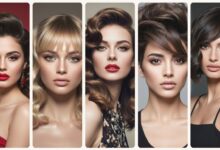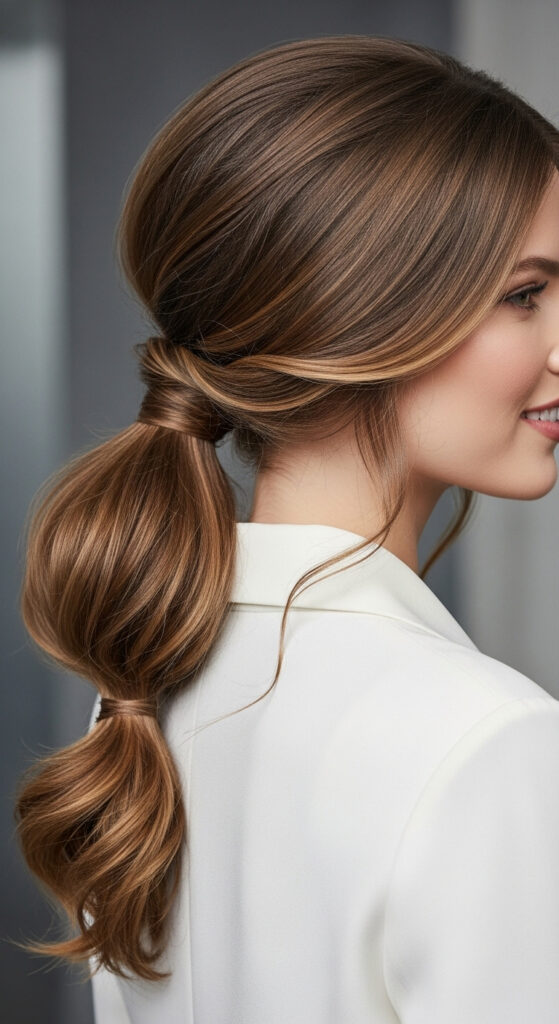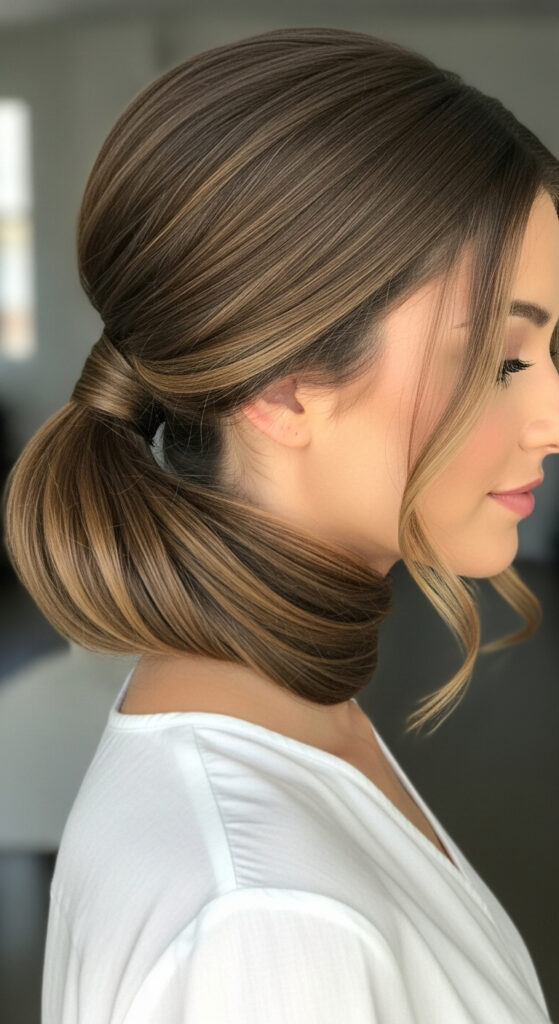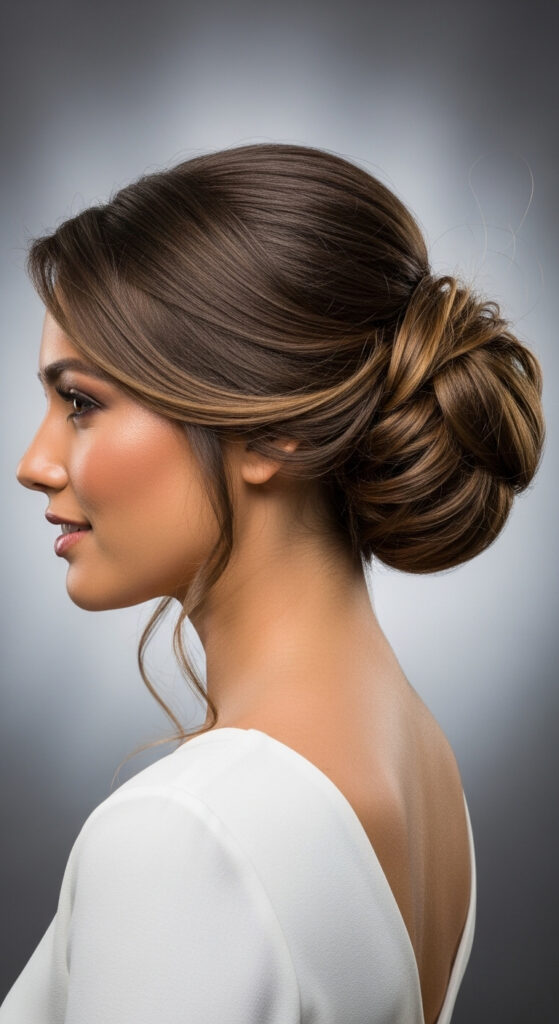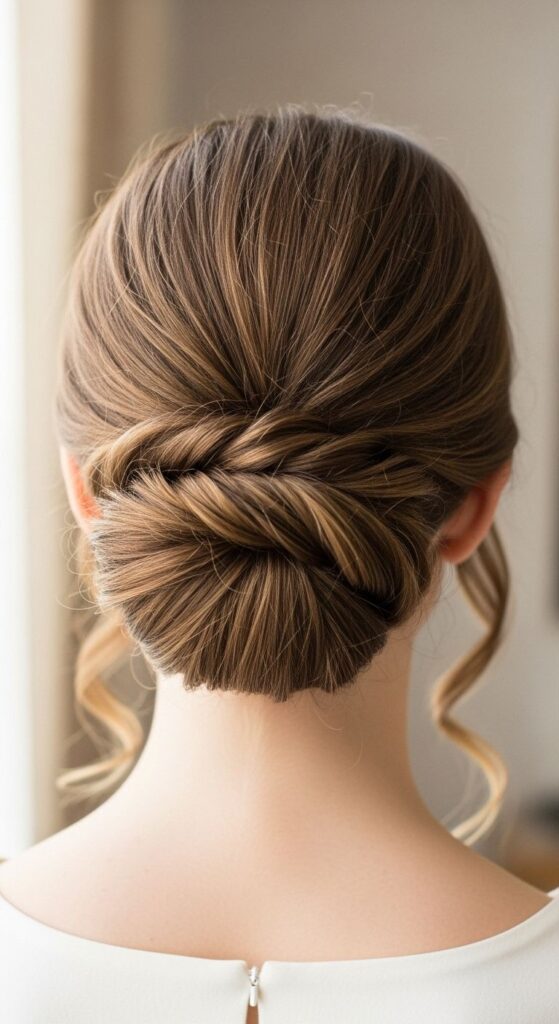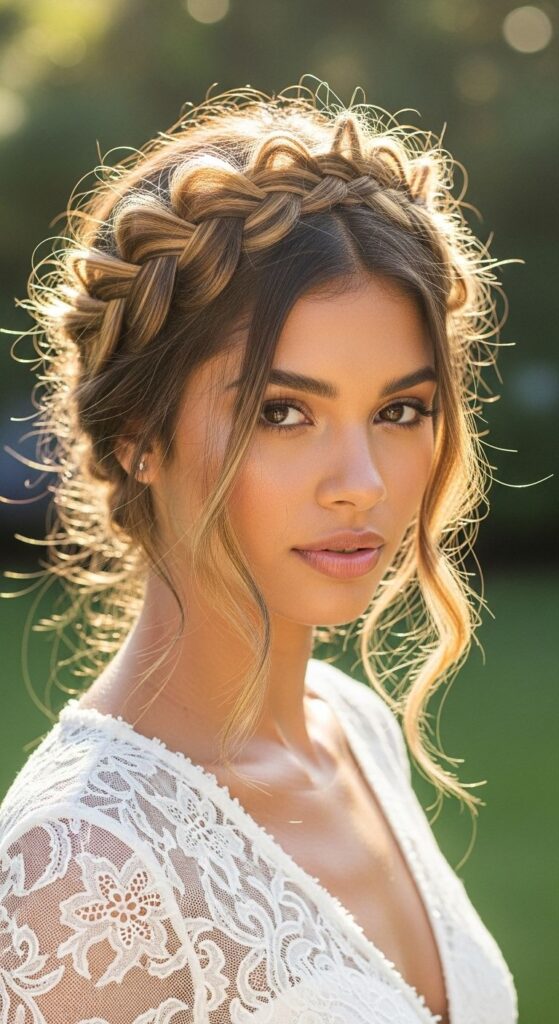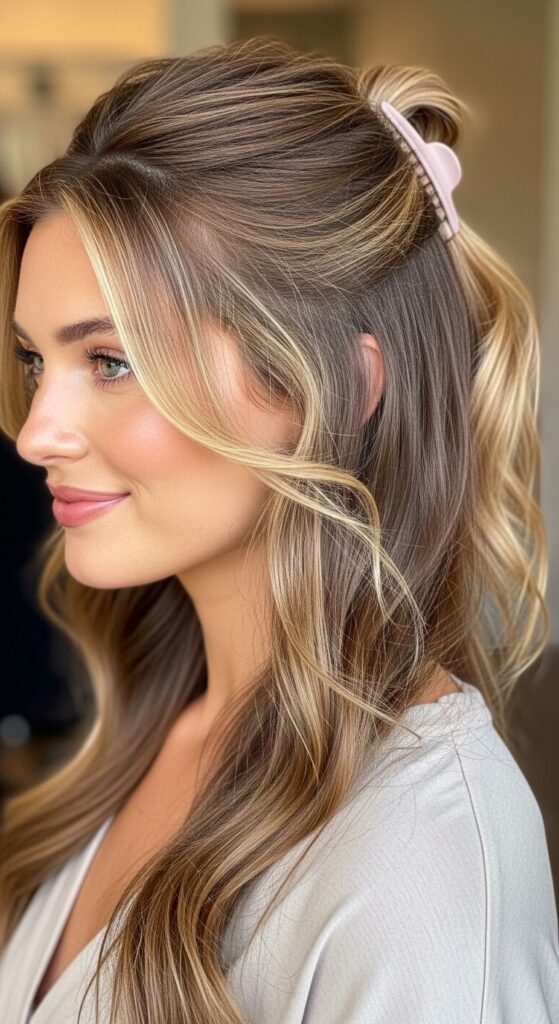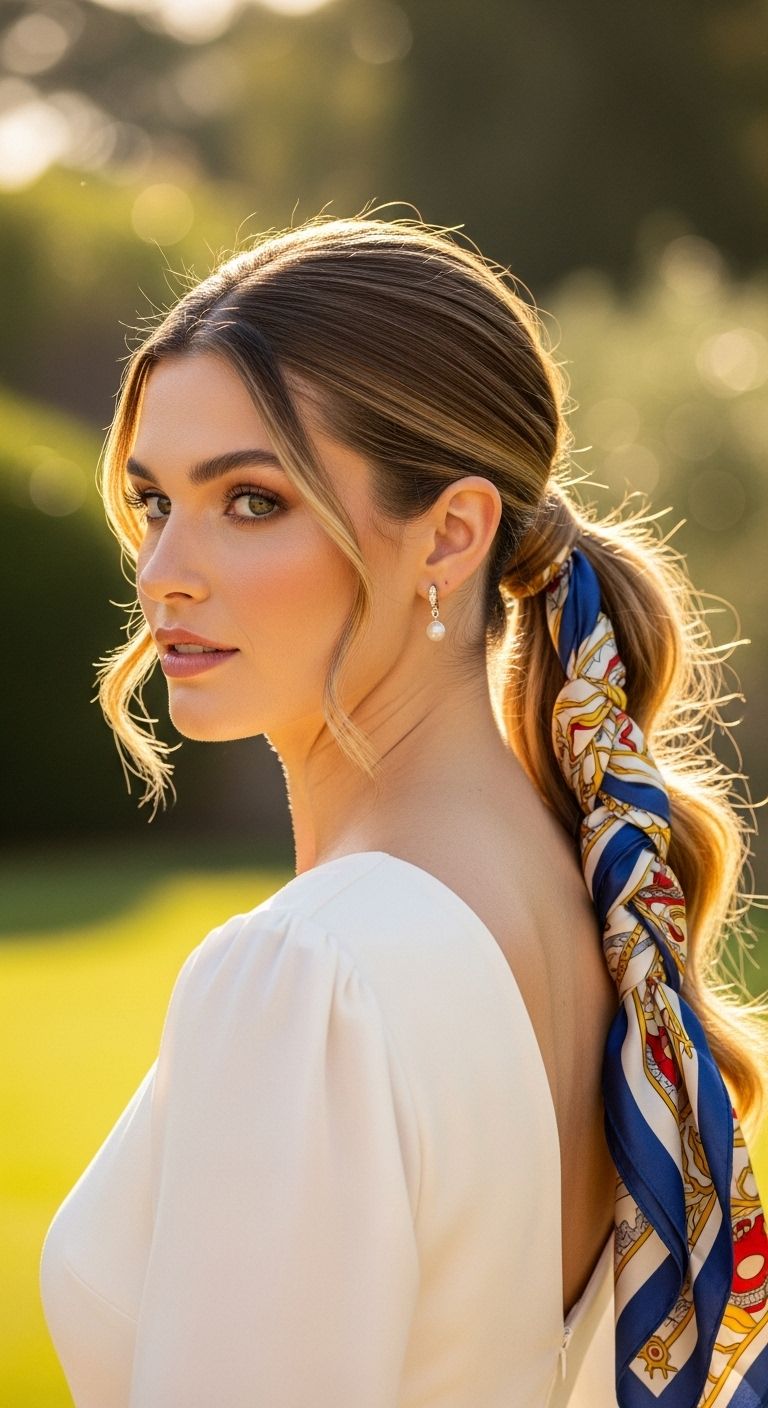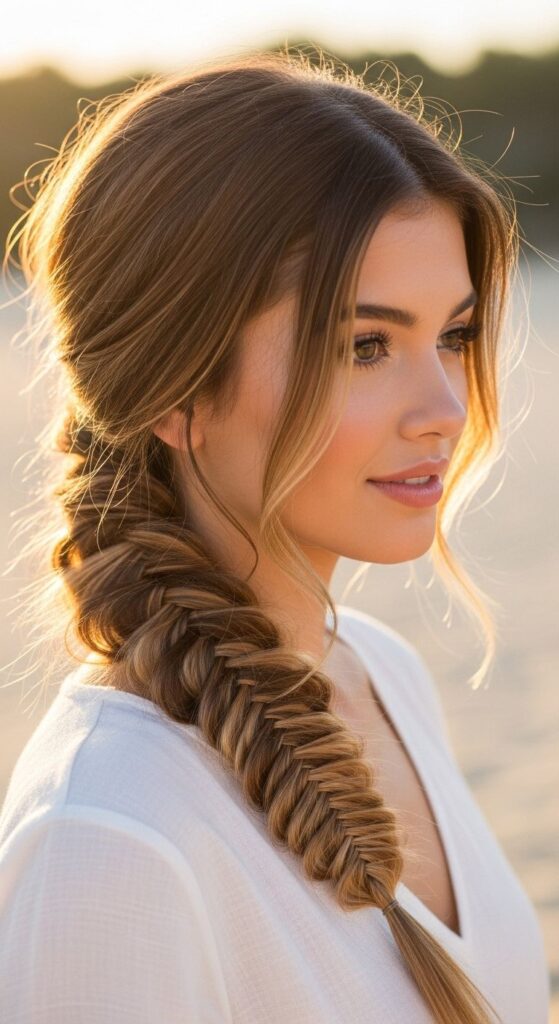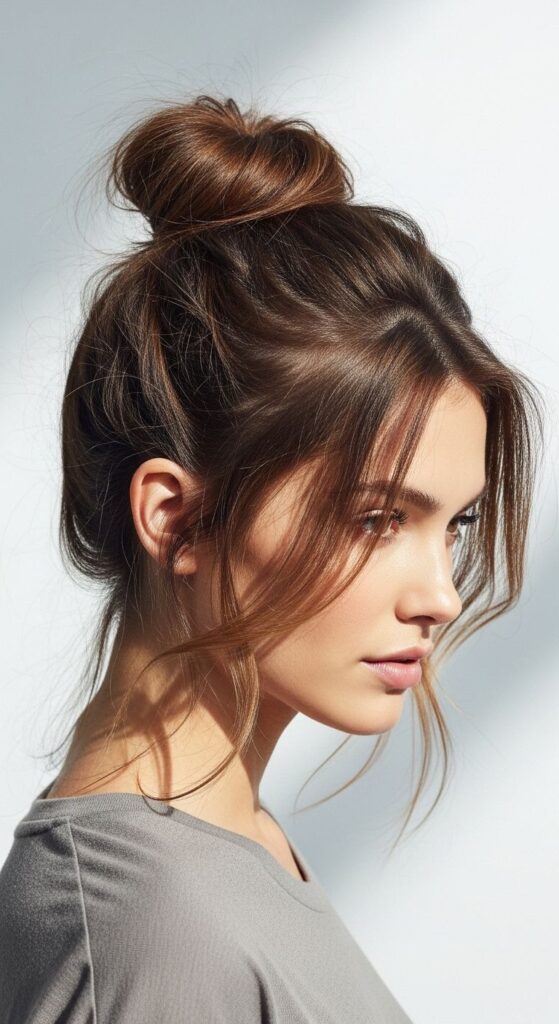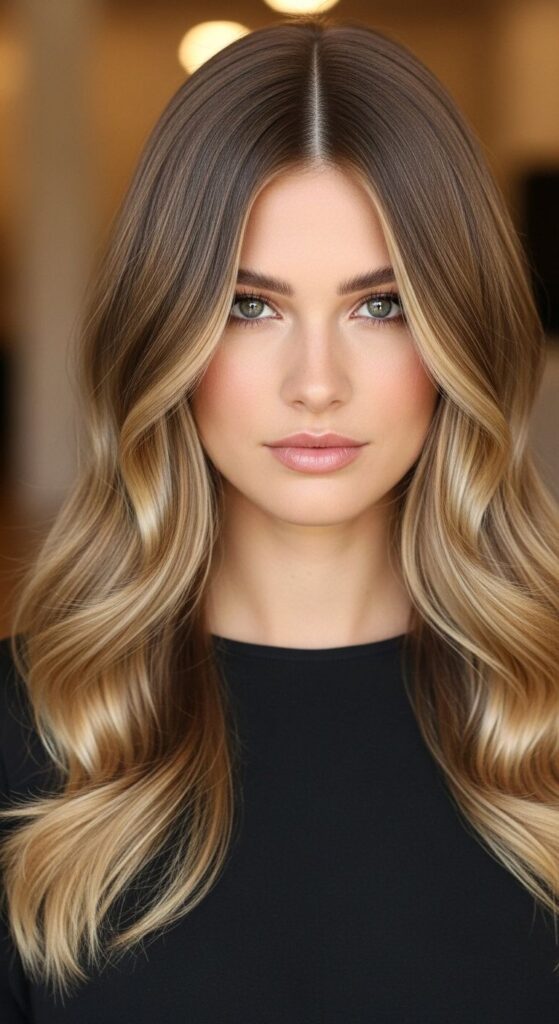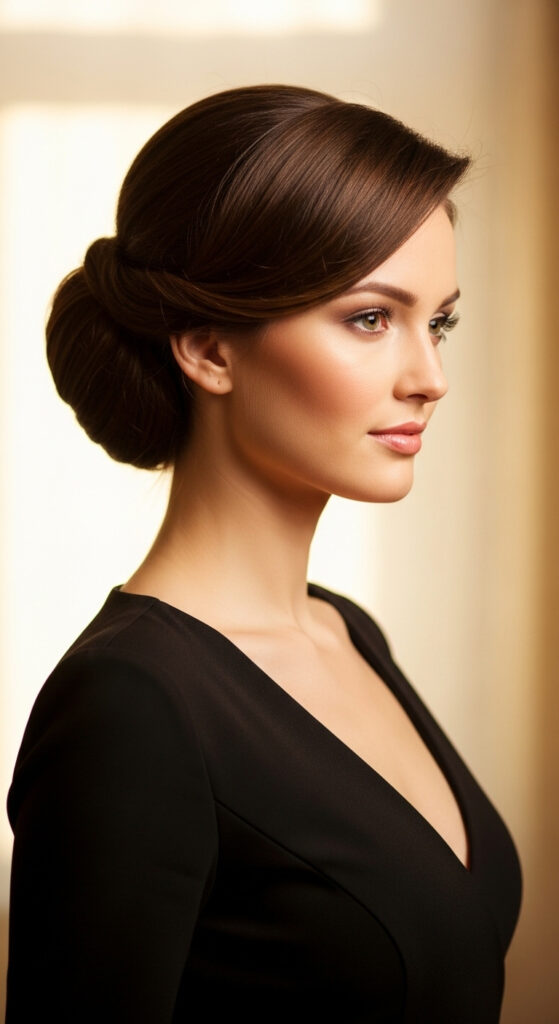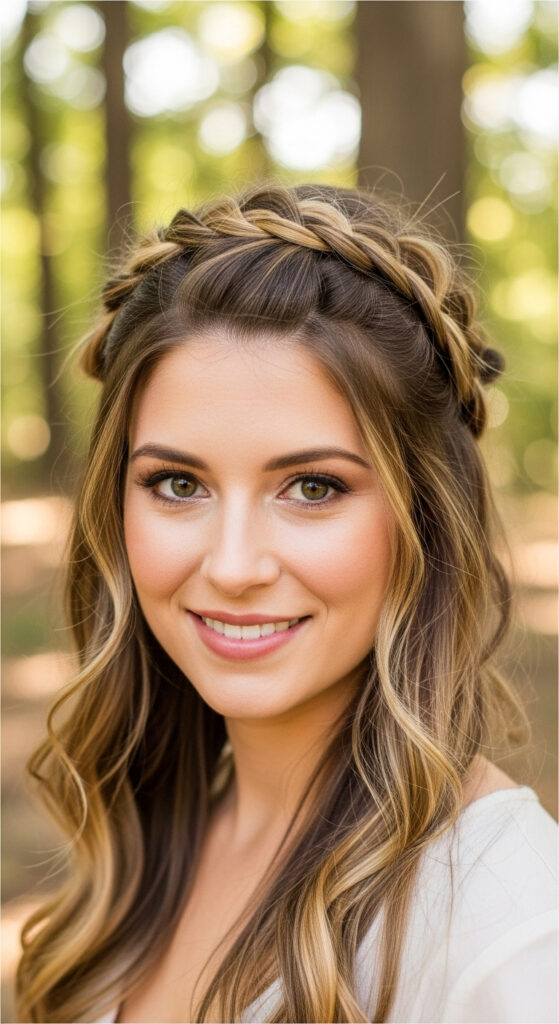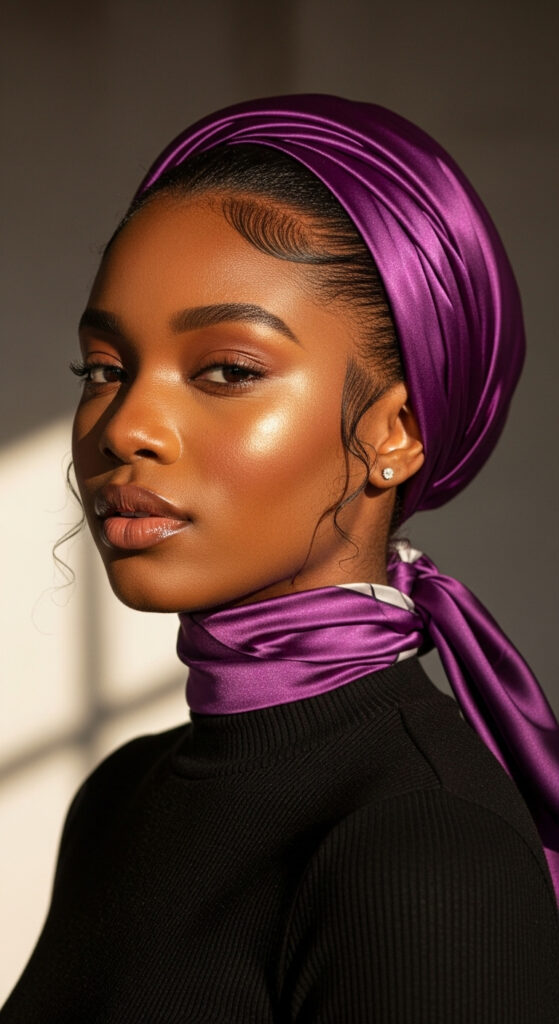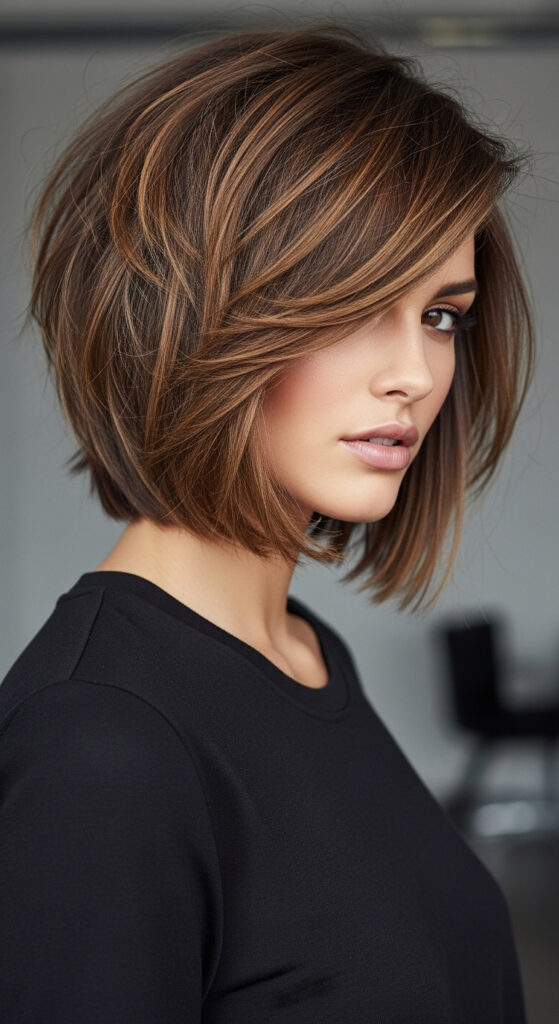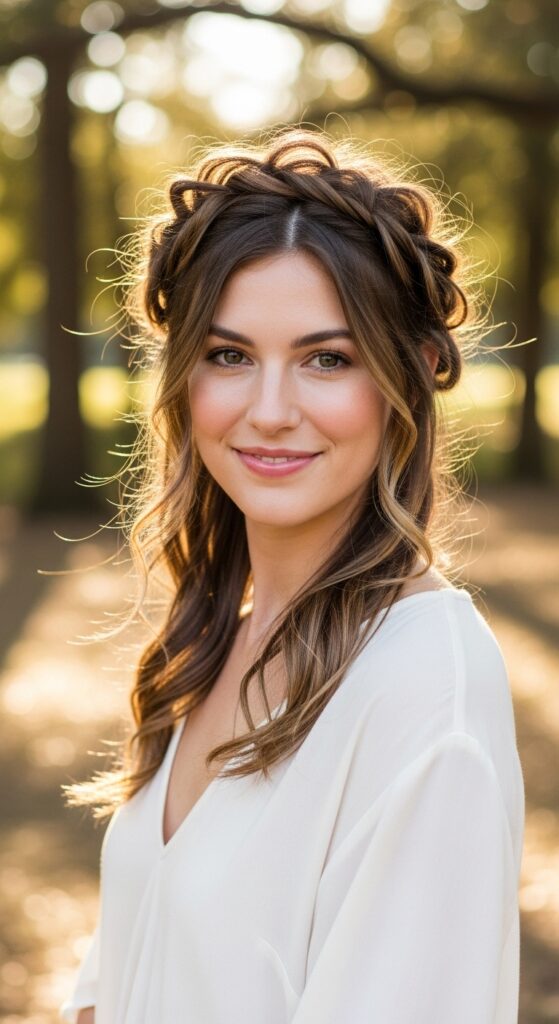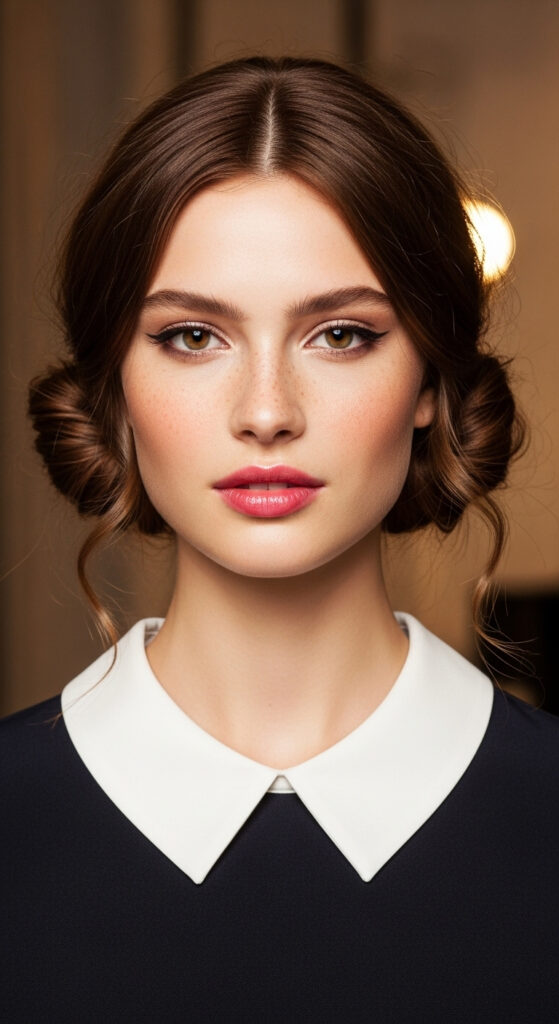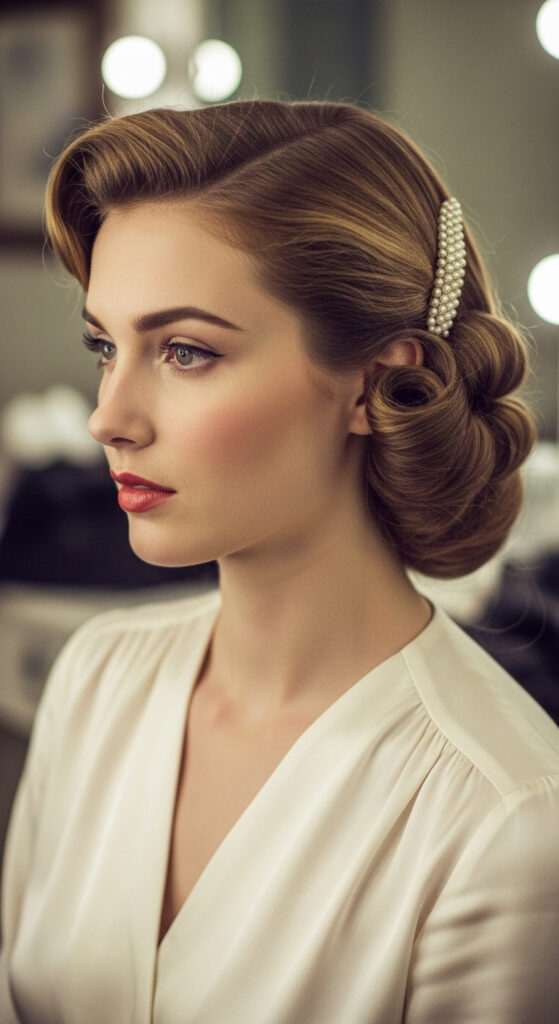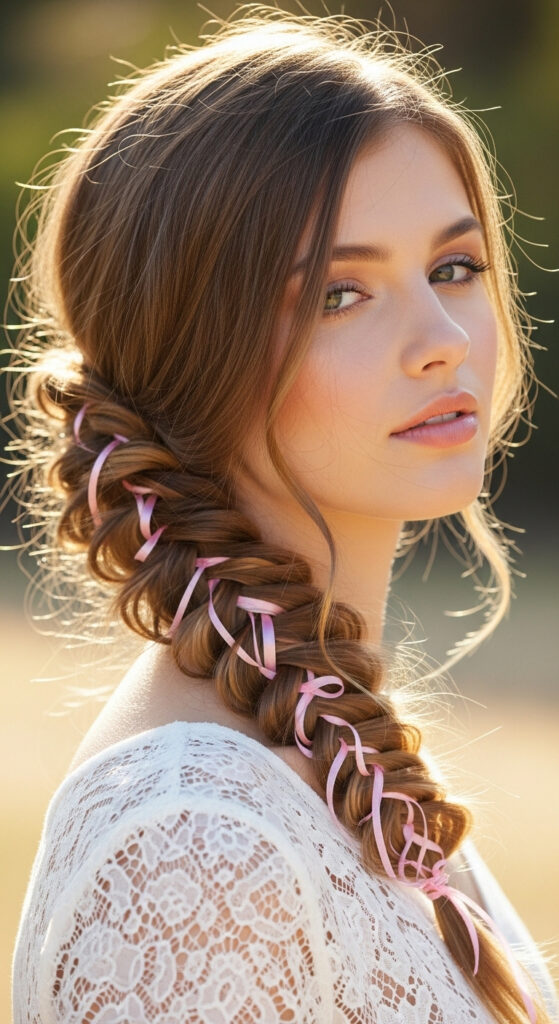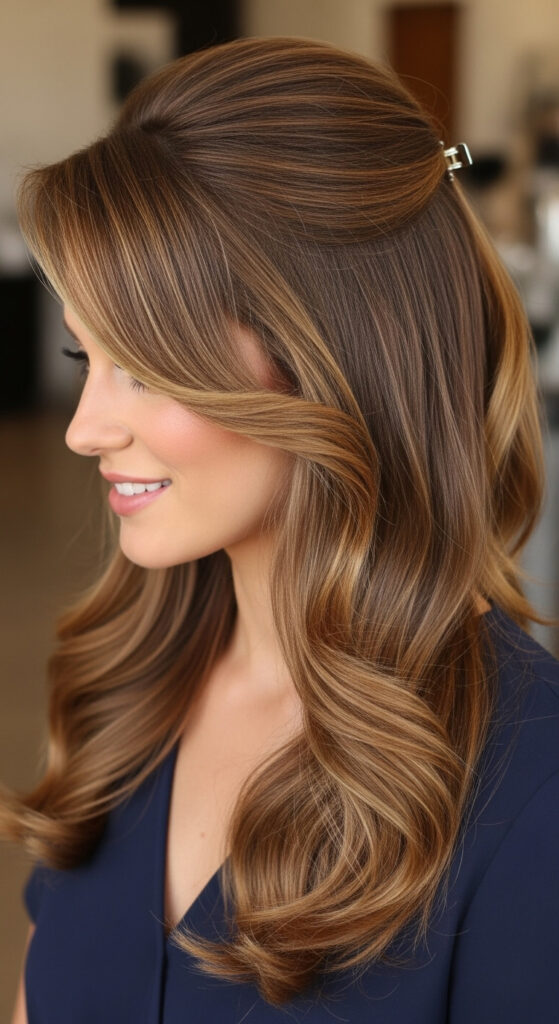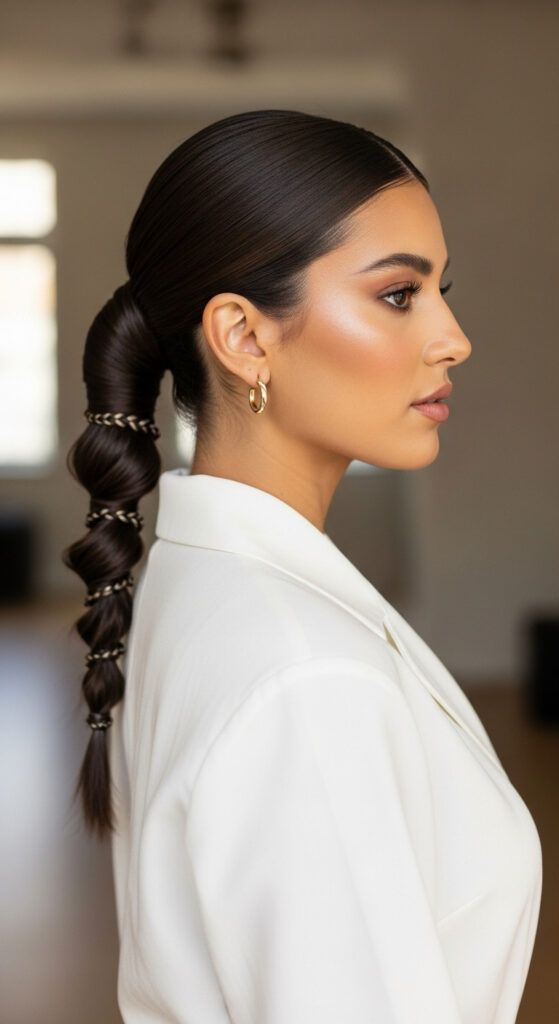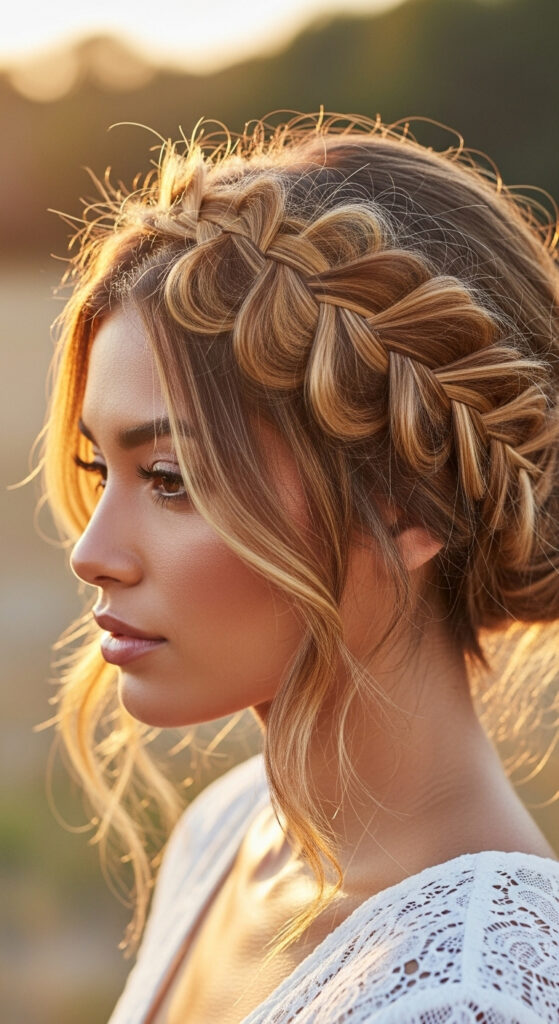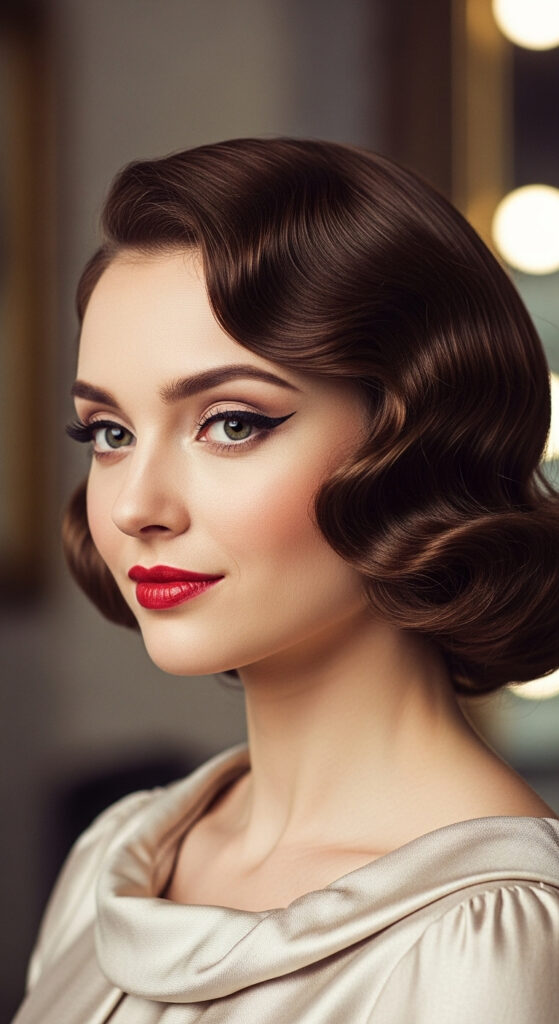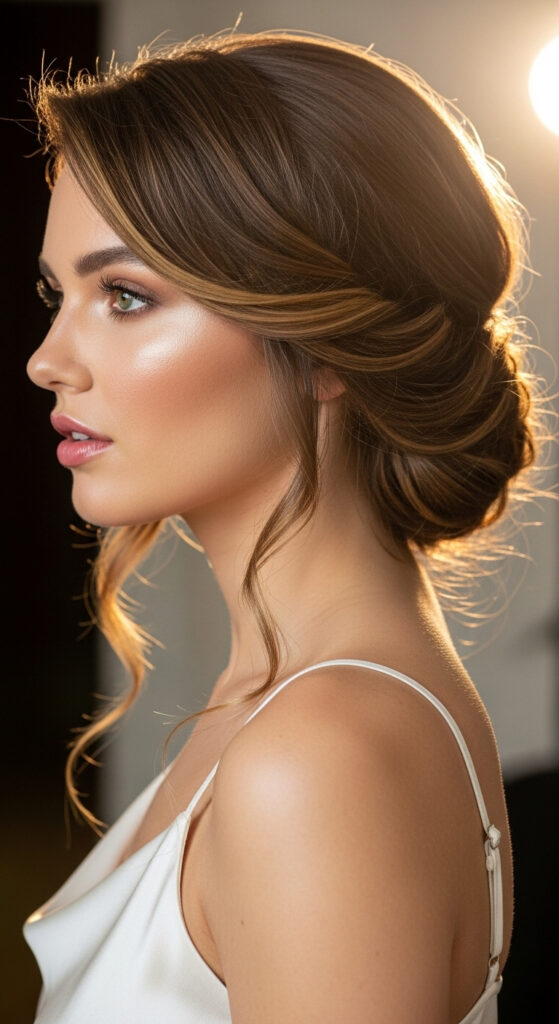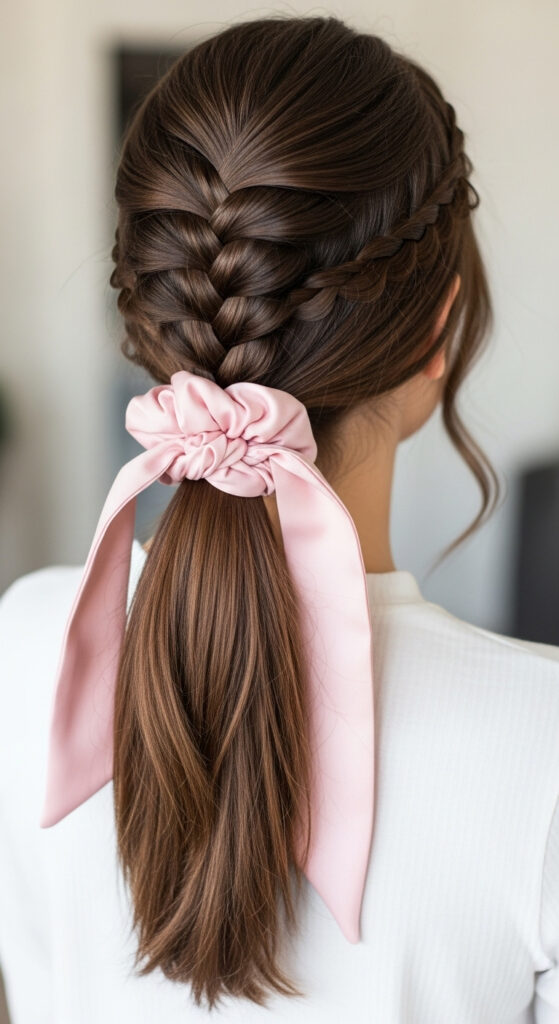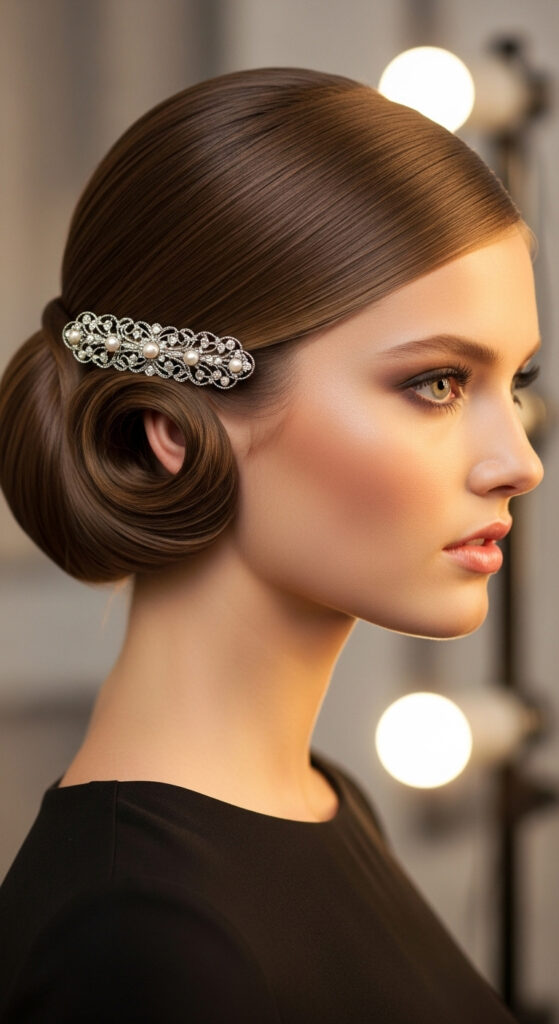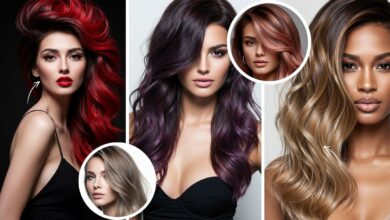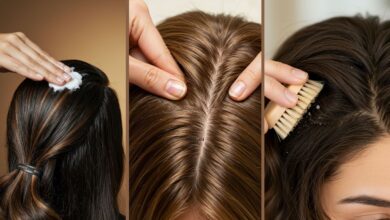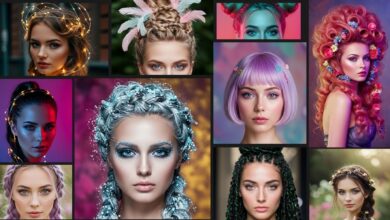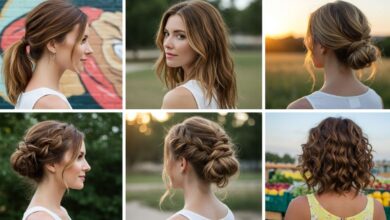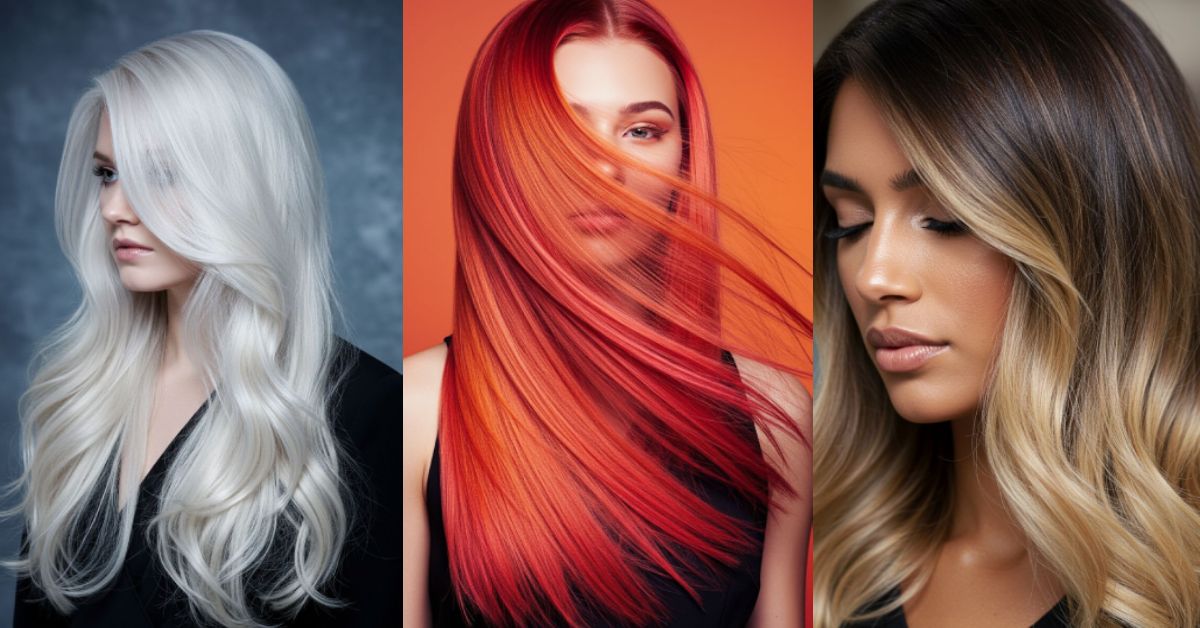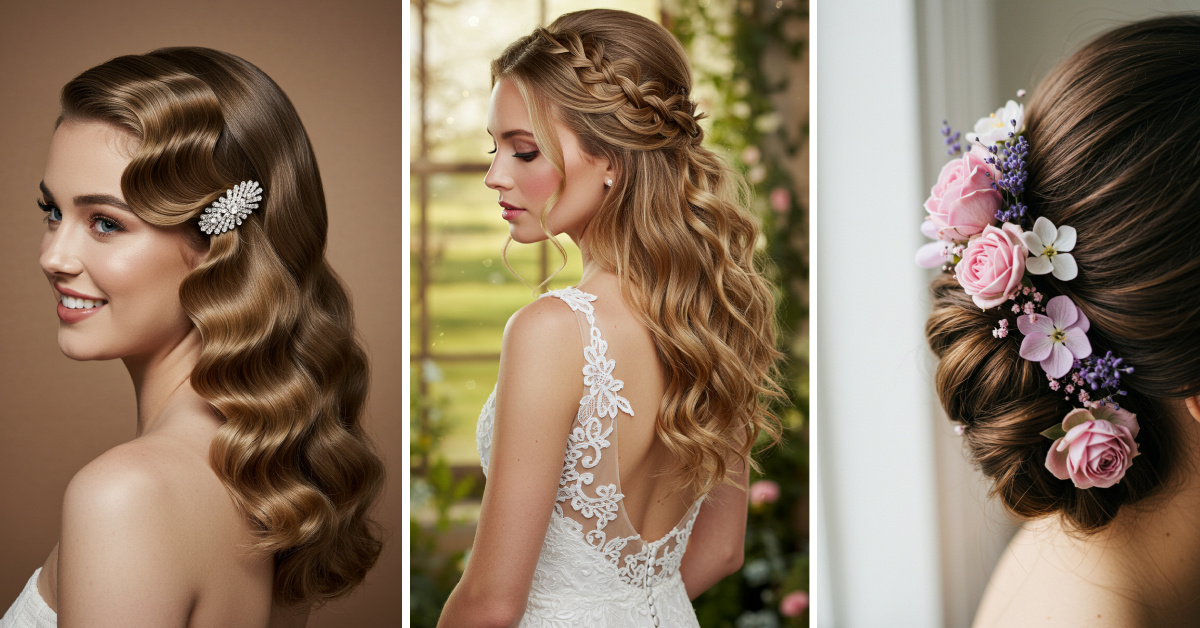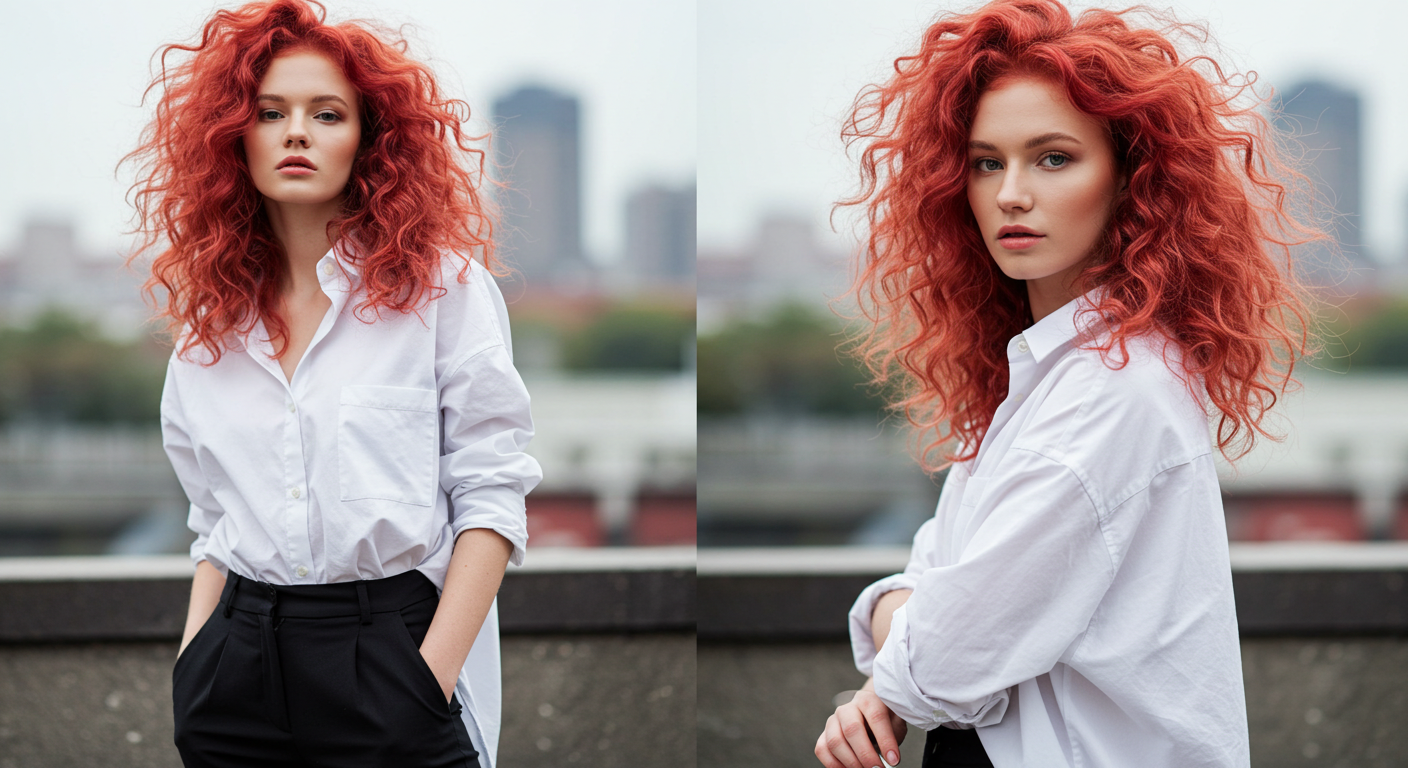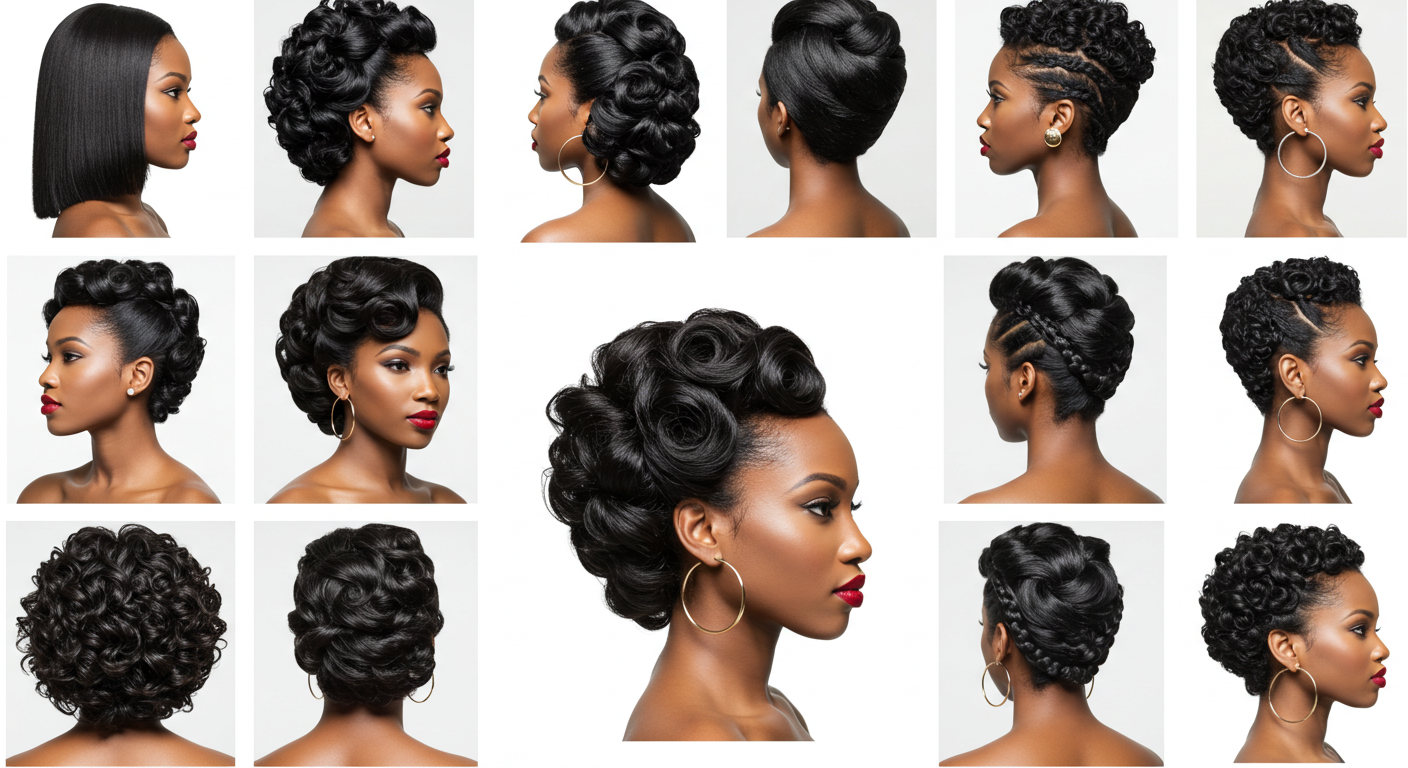25 Comfortable Hairstyles for Sensitive Scalp That Won’t Cause Irritation
Dealing with a sensitive scalp is the kind of beauty frustration that sneaks up on you: the itching after a tight bun, the soreness from slicked-back styles, or the dread of bulky accessories that tug at your roots. If your scalp protests easily, whether from dryness, product sensitivity, recent treatments, or just scalp tenderness, you don’t have to choose between comfort and style. I’ve put together 25 gorgeously wearable hairstyles that look polished, trendy, and most importantly gentle on your scalp. Think soft tension, low manipulation, and modern silhouettes that play well with scarves, gentle elastics, and protective techniques.
Below you’ll find a mix of casual, chic, and formal looks with visual descriptions and exactly why each style is scalp-friendly. Save it to Pinterest, bookmark it for bad-hair days, or screenshot your favs for your next salon visit. Ready? Let’s dive into soothing hair looks that actually feel good.
Why gentle styling matters
When your scalp is sensitive, excessive pulling, tight elastics, heavy extensions, and harsh products can make things worse. Gentle hairstyles minimize tension at the root, reduce friction, and let your scalp breathe. Many of the looks below also work great with soft accessories (scrunchies! silk scarves!) and low-heat styling, so you can protect your hair and keep it cute.
25 Comfortable Hairstyles for Sensitive Scalp
1. Low, Loose Ponytail
A low ponytail tied at the nape with a few loose strands framing the face for a soft look.
Why it works: Low tension at the scalp, the pony sits on soft tissue rather than pulling straight up. Use a soft fabric scrunchie to avoid creases and pressure points. It’s effortless, chic, and can be dressed up or down.
2. Soft, Over-Ear Loop Pony
A low pony with the elastic tucked into a loose loop, forming a subtle bump above the nape.
Why it works: The loop reduces the pull from a single knot and spreads pressure across hair rather than concentrating it. Great for medium-length hair and super comfy for all-day wear.
3. Classic Loose Bun (Nape-Sitting)
A rounded, low bun sitting right at the nape, slightly undone with pieces soft around the face.
Why it works: A low bun at the nape is less stressful than high buns. Keep it loose and use pins instead of tight ties, or a soft hair donut that’s relaxed rather than snug.
4. Twisted Low Chignon
Two gentle twists meeting in a relaxed chignon at the base of the neck.
Why it works: Twisting hair reduces the need for tension and clips can secure the style without pulling. It feels elegant for events but remains gentle on the scalp.
5. Loose Braided Crown (Soft)
A soft, low braid wrapped around the back like a crown — loose and slightly messy on purpose.
Why it works: Braids can be gentle when kept loose; avoid tiny, tight plaits that tug. This style keeps weight distributed and looks romantic without scalp strain.
6. Half-Up, Half-Down with Soft Clip
Top section of hair pulled back and secured with a wide, padded claw clip; the rest flows freely.
Why it works: Claw clips apply less pressure than elastics and allow the scalp to breathe. This minimizes pulling while keeping hair out of your face.
7. Silk-Scarves Low Pony
A low pony wrapped with a silk scarf tied in a soft bow or knot.
Why it works: Silk reduces friction and protects strands. The scarf disguises the elastic, adds style, and lets you tie loosely for comfort.
8. Loose Fishtail Pony
A soft, relaxed fishtail braid starting low and finished loose.
Why it works: Fishtails spread tension across many strands and are comfortable if you start them low and keep them relaxed. Perfect for long hair days.
9. Slouchy Top Knot (Low Volume)
A slouchy knot placed low on the back of the head, not tight, with a few flyaway.
Why it works: Because it’s slouchy, it avoids root tension. It’s an easy go-to for second-day hair that doesn’t irritate.
10. Center-Parted Loose Waves
Long hair parted down the middle with soft, heat-free waves.
Why it works: Heat-free methods (braid-outs, twist-outs) prevent damage and painful hot touches. This look needs zero tight styling and feels weightless.
11. Side-Swept Low Bun
A low bun shifted slightly to one side, elegant and easy.
Why it works: Shifting the bun reduces pressure symmetry and lets you modify where tension sits. Use soft pins and avoid direct elastics.
12. Soft Dutch Half-Braid
A small, shallow Dutch braid along one side, pinned gently into the remaining hair.
Why it works: When you keep braids small, shallow, and loose, they give structure without strain. Great for keeping hair tidy while gentle on roots.
13. Sleek Low Wrap (Silk-Lined)
Hair smoothed back low and wrapped with a thin silk ribbon at the nape.
Why it works: Smooth back without pulling, use a silk ribbon instead of tight elastic to hold the style. Elegant for formal looks, painless for sensitive scalps.
14. Textured Bob with Deep Side Part
Chin-to-shoulder bob, tousled with a deep side part for volume.
Why it works: Shorter cuts remove the weight factor that can tug at the scalp. Air-dried/low-heat styling keeps comfort high.
15. Loose Halo Twist
Two loose twists taken from each side and pinned overhead like a halo, soft and airy.
Why it works: Twists spread hold across hair and, if pinned loosely, avoid direct scalp pressure. Ethereal and perfect for weekend brunch.
16. Low Pigtail Buns (Soft)
Two low buns on either side of the nape, soft and slightly messy.
Why it works: Dual low buns split weight and avoid single-point tugging. Keep bands broad and soft to prevent digging.
17. Gentle Roll-Up (Vintage-inspired)
A soft roll-up of hair at the nape, secured with pins — think vintage without the strain.
Why it works: Rolling rather than knotting reduces elastic reliance and uses strategically placed pins to minimize pulling. Classy and comfortable.
18. Loose, Side Braid with Ribbon
A casual side braid finished with a silk ribbon bow.
Why it works: Soft ribbon closures reduce tight elastic use and the side placement reduces direct nape tension. Cute for daytime dates.
19. Soft Clip-Back Waves
Wavy hair with a decorative, padded clip holding the front section back.
Why it works: Clips are gentle when chosen well, avoid small metal clips that pinch. A padded decorative clip looks luxe and stays easy on the scalp.
20. Low Twisted Pony with Hair Wrap
A low pony that’s twisted and wrapped with a loose strand to conceal the band.
Why it works: The twist distributes tension and the hair wrap removes the need for tight elastics. Stylish and calm on sensitive scalps.
21. Halo Braid (Very Loose)
A single, loose braid encircling the head like a crown, airy and soft.
Why it works: If you braid loosely and start from a low point, the halo braid is comfortable and protective. Use finger-loosened sections, not tight plaits.
22. Wiggle-Pinned Bob (Pin Curls)
Short hair styled into gentle pin curls pinned flat then released for soft waves.
Why it works: Pinning small sections with soft pins, not tight, rollers creates shape without pulling at the root. Heat-free and glamorous.
23. Side-Swept Twist with Soft Knot
Hair gathered to one side in a loose twist, secured in a soft knot below the ear.
Why it works: Lateral placement eases pressure on the crown; the soft knot is comfy and office-appropriate.
24. Braided Low Pony with Scrunchie
A low pony that’s partially braided then finished with a satin scrunchie.
Why it works: The small braid section reduces movement and friction, while the scrunchie prevents digging. Functional and very on-trend.
25. Low Roll-Back with Decorative Barrette
Smoothed, low roll held by a wide decorative barrette, minimal styling, maximum polish.
Why it works: A broad barrette distributes hold over a larger surface, reducing concentrated pressure. This is a luxe, pain-free option for events.
Styling and product notes for sensitive scalps
- Choose soft ties: Look for silk/satin scrunchies, soft cloth elastics, or wide fabric bands. They reduce friction and don’t pinch.
- Avoid micro-elastic wraps: Tiny clear elastics and very tight bands create hotspots and should be saved for short-term use only.
- Use smooth pins, not tight clips: Rounded, wide hairpins and padded claws are gentler. Metal snap clips can bite, choose padded or coated options.
- Low-heat or heat-free styles: Heat can aggravate a delicate scalp, especially after recent treatments. Try braid-outs, twist-outs, or overnight rollers instead.
- Lightweight products: Heavy waxes or thick pomades weigh hair down and can trap sweat/dirt. Opt for lightweight creams or leave-in sprays that are gentle and fragrance-free if you react to scents.
- Silk or satin pillowcases: They reduce friction overnight and keep styles intact without tugging.
- Keep styles loose and airy: The trend here is “soft.” The looser a style, the less tension.
Quick Tips: How to Protect a Sensitive Scalp
- Don’t style on wet hair alone: Wet hair is more fragile, let it dry partially before tying to avoid stretching the follicle.
- Alternate style positions: If you wear a low pony one day, switch it to the other side or let hair down the next day to avoid pressure points.
- Massage gently: A gentle scalp massage (with light oil if tolerated) improves circulation and can soothe discomfort. Avoid aggressive rubbing.
- Trim weight regularly: Heavier hair can pull more; a strategic trim reduces weight without sacrificing length.
- Patch test products: If you suspect product sensitivity, always test a small area of the scalp before full application.
- Sleep with protective styles: Loose braids or silk wraps reduce friction and keep styles low-tension overnight.
- Use hydration-first shampoo routine: If dryness is the issue, use hydrating cleansers and conditioners suited for sensitive scalps; avoid over-scrubbing.
FAQs
Q: Can I still wear braids if my scalp is sensitive?
A: Yes, but keep them loose, avoid tiny, tight braids close to the scalp, and limit the time they’re in. Choose larger, softer braids instead.
Q: Are headbands a bad idea?
A: Soft, fabric headbands are fine. Avoid tight, elasticized ones that compress the scalp. Silk or padded headbands are a gentle alternative.
Q: How long should I avoid tight styles after scalp irritation?
A: If your scalp is inflamed, give it at least a few days to a week of low-tension styles and gentle care. If irritation persists, check with a dermatologist.
Q: Will accessories like clips and barrettes make my scalp worse?
A: Not if they’re wide, padded, and placed with care. Small metal clips that clamp tightly can cause pressure points; choose smoother, broader options.
Q: Are extensions off-limits?
A: Heavy or tightly attached extensions can irritate. If you want extensions, discuss gentle, low-tension methods (like loose clip-ins with soft bases) with a trusted stylist.


